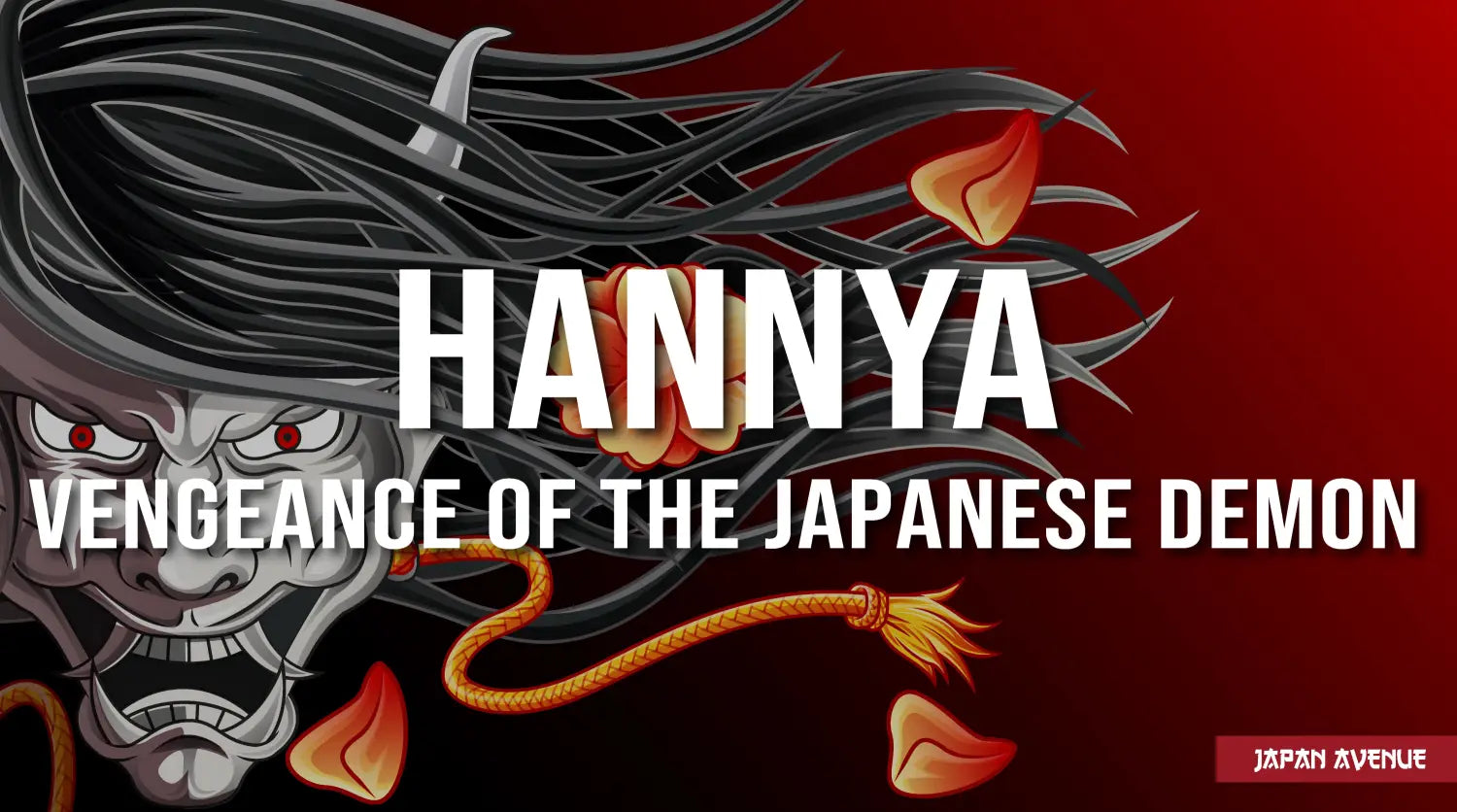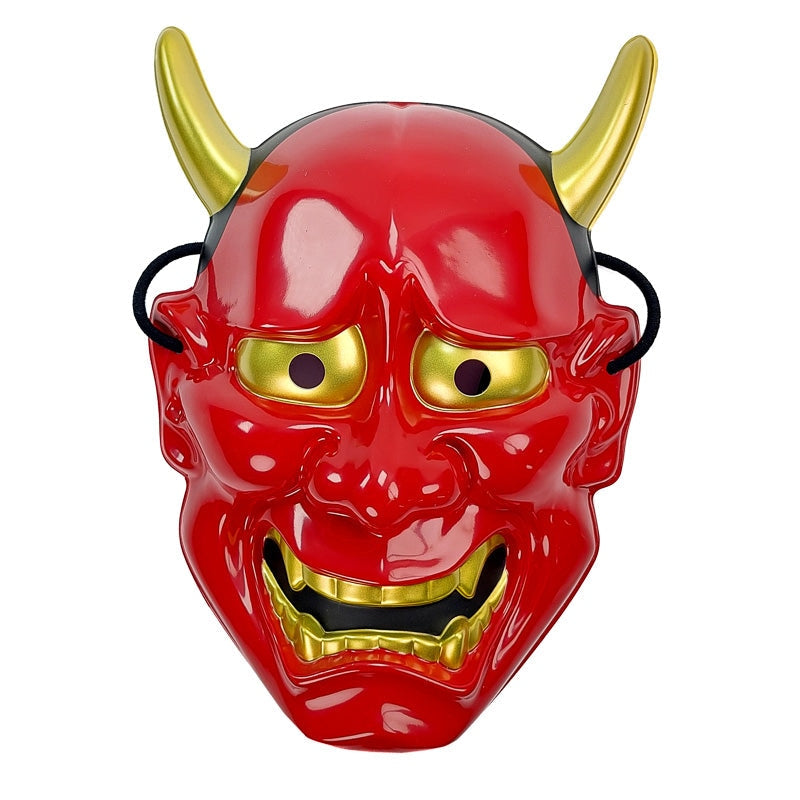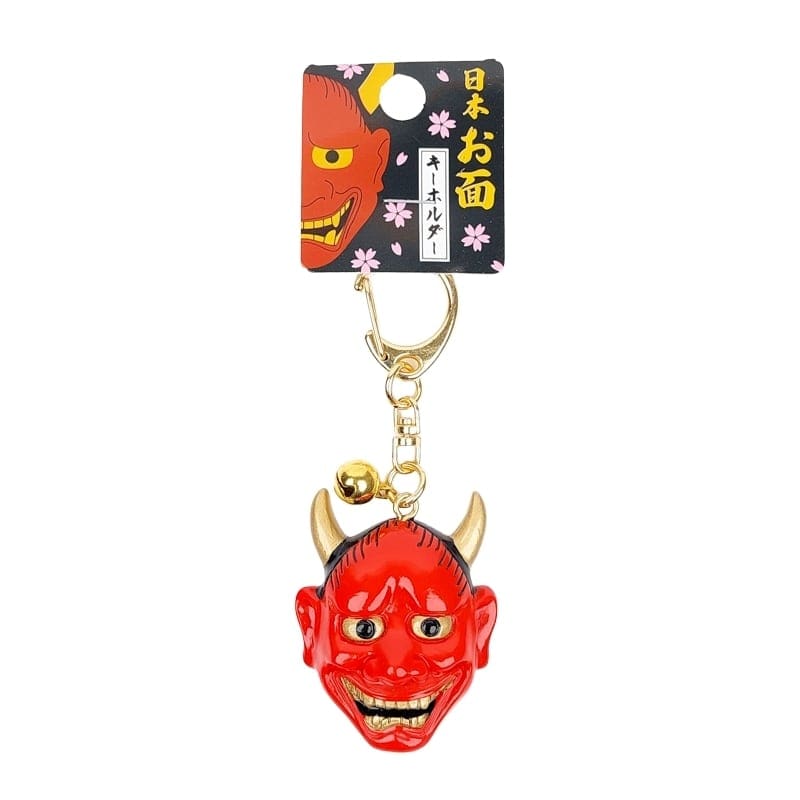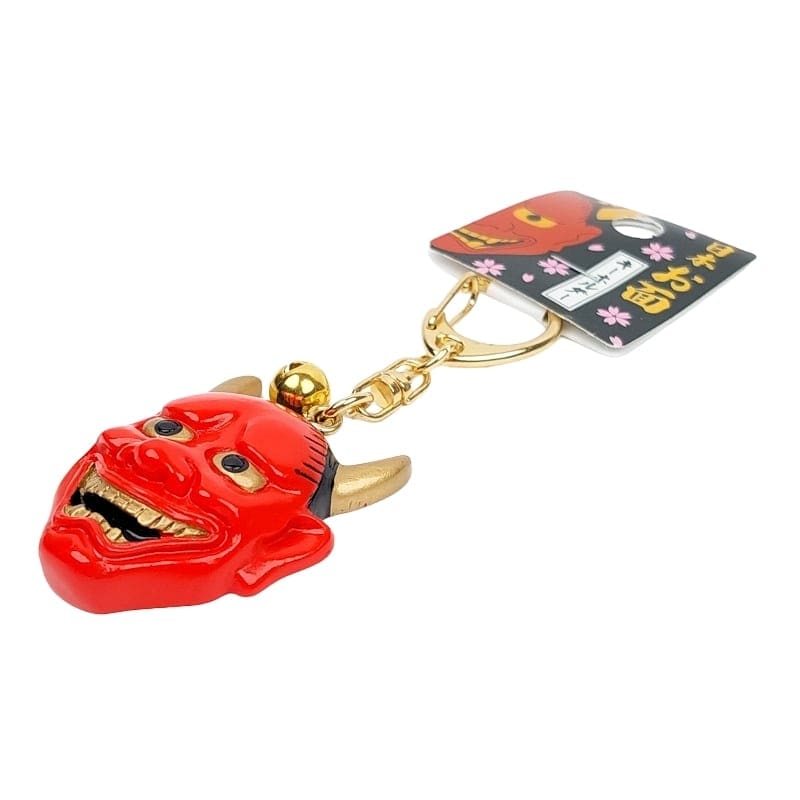If you appreciate Japanese legends as well as the world of yōkai, you probably already heard about the demon Hannya and her breathtaking story. If you haven't heard about her, you may have already seen her face somewhere, on a painting, a mask, in a movie or in a manga.
It's about the ghost of a young woman, Hannya, who returned from the dead in order to satisfy her desire for vengeance. Her face, common in Japanese culture, often appears in fictional stories as well as on tattoos. But where exactly her anger and jealousy came from? What is behind her story? How is she represented through fictional stories and what is her symbolism through the art of tattooing? Discover the story of this extraordinary demon that inspires many artists.
👹 History and legend of the Hannya demon
 Illustration by Jiaxian Jan
Illustration by Jiaxian Jan
Hannya is a yōkai of the Oni family; a family of demons that look like ogres and which are honored at Setsubun, a well-known festival in Tokyo. Hannya embodies jealousy and anger, found in crimes of passion - emotions that are entirely human.
A long time ago, Hannya used to be an ordinary woman. She had beautiful eyes and a velvet skin tone. In addition, her name signifies wisdom in Sanskrit, a symbol of a pure soul. Deeply wounded by the man she loved, she seized an unparalleled rage. Slowly eroded by jealousy and on the edge of madness, she loses her spirit in the darkness and transforms into a demon.
Evil and dangerous ever since, this creature mostly attacked men in order to take her revenge.

Illustrations by Matthew Meyer : Lady Rokujo (Hannya Namanari) / Hannya Chunari / Kiyo Hime (Hannya Honnari)
Depending on the degree of jealousy and anger, there are three types of Hannya demons:
- Hannya Namanari: this is the weakest type of demon which still has a human appearance aside from two small horns. This yōkai uses black magic to quench its vengeance. Although evil, this demon still has the possibility to regain its humanity.
- Hannya Chunari: this second type masters a more powerful black magic than the first one. Her face looks similar to that of a demon with longer horns and sharp teeth. At this stage, it is still possible to rescue her with the help of Buddhist prayers.
- Hannya Honnari: this is the most powerful and feared Hannya demon. Her body is transformed into that of a snake, her fingers are hooked with sharp claws, her tongue is forked and her mouth is able to spit fire... At this advanced stage, you may have realized that there is no way back to give her a human appearance anymore. The jealousy level of these women is at such a high level that they will remain trapped in their demon bodies for the rest of their lives.
🎭 The Hannya mask in traditional arts

Hannya Noh mask (museedesconfluences.fr) / Noh Aoi no Ue © Yoshihiro Maejima
Thanks to the Noh theater, where she is highly represented, Hannya is very popular. Her appearance is frequently featured in theatrical plays and her name even refers to a specific kind of mask.
Noh masks are traditionally made of Japanese cypress, coated with paint and then covered with lacquer. They have the particularity of reflecting light, which creates infinite shades of expressions. These art works are usually smaller than the face of the actor to whom the mask is attached at the back of the head with ribbons.
The Hannya's mask is easily recognizable with its square jaw and its large open mouth marked by a sad and frightening smile. Her gaze expresses her characteristic pain and anger. Just like all Oni, she has two horns, and flat, shaggy black hair reflecting her madness. It is hard to believe that this appearance represents a woman as her face is so much masculine.

Japanese Hannya Mask / Japanese T-shirt Hannya & Hebi
The Hannya mask is declined in various colors evoking different intentions: white as a sign of aristocratic distinction, red for jealousy, green for anger, and dark to express demonic obscurity.
In the Noh theater, costumed actors perform with the inclination of this mask, expressing different facets of their characters and showing the duality of their expression. Downwards, the face seems overwhelmed with sadness while, facing the public, the mask radiates an angry and terrorizing feeling.
The role of Hannya is not clearly defined in Noh theater, it is frequently used to represent an angry, hurt or jealous young woman, sinking into madness to the point of becoming demonic; whether because of an unrequited love, or because of being ridiculed by the man she loved.
Amongst others, we find her in the story of Anchin and Kiyo Hime which tells the story of an impossible and destructive passion between a priest and a woman, as well as in the Aoi no Ue play which refers to the evil spirit of Hannya.
In addition, this demon also found its place in Japanese literature, with a special dedication in The Tale of Genji, a classic work of Japanese literature.
🎬 The Hannya demon through fiction
 Hannya character in the manga Kenshin the Wanderer / Onibaba movie (1964)
Hannya character in the manga Kenshin the Wanderer / Onibaba movie (1964)
Although the Hannya mask is very popular in Noh theater, it also appears in Japanese manga and movies. You might have already crossed her path in comics and cartoons. For example, the author Nobuhiro Watsuki refers to Hannyah in its manga Kenshin the Wanderer. In Kaneto Shindo's movie, called Onibaba, the demon's mask also makes its appearance, as a symbol of vengeance.
All these mentions and representations have greatly contributed to Hannya's popularity.
🔎 Meaning of the Hannya tattoo

@alex_gallo_j.tattoo / @garthbneale / @eviltwinsjohan
For those who appreciate tattoos, Hannya's face represents vengeance, destructive passion or the alternation between rage and sadness. Likewise, depending on the colors used, it symbolizes jealousy or anger. The Hannya tattoo might thus be a way to express the violence of one's emotions.
Moreover, Oni are used as talismans for keeping away evil spirits and bringing good luck. Although Hannya is an evil demon, she will defend the one who holds her. Thus, the representation of Hannya on tattoos can also be a symbol of protection, especially when combined with other elements.
The Hannya demon is very popular in Japanese folklore and culture, with its strong symbolism, it feeds the imagination of many creatives, whether in theater, fiction or the art of tattooing. Either as a sign of luck or revenge, this ghost, who came back from the afterlife in order to take vengeance, has not finished making people talk about her yet.






1 comment
thomas damrel
i have a question, as an 18-year-old male, i have a ring with Hannya’s face on it… and I will also be getting a necklace of her too, will I still be getting equal benefits from if I had a tattoo of her?
i have a question, as an 18-year-old male, i have a ring with Hannya’s face on it… and I will also be getting a necklace of her too, will I still be getting equal benefits from if I had a tattoo of her?